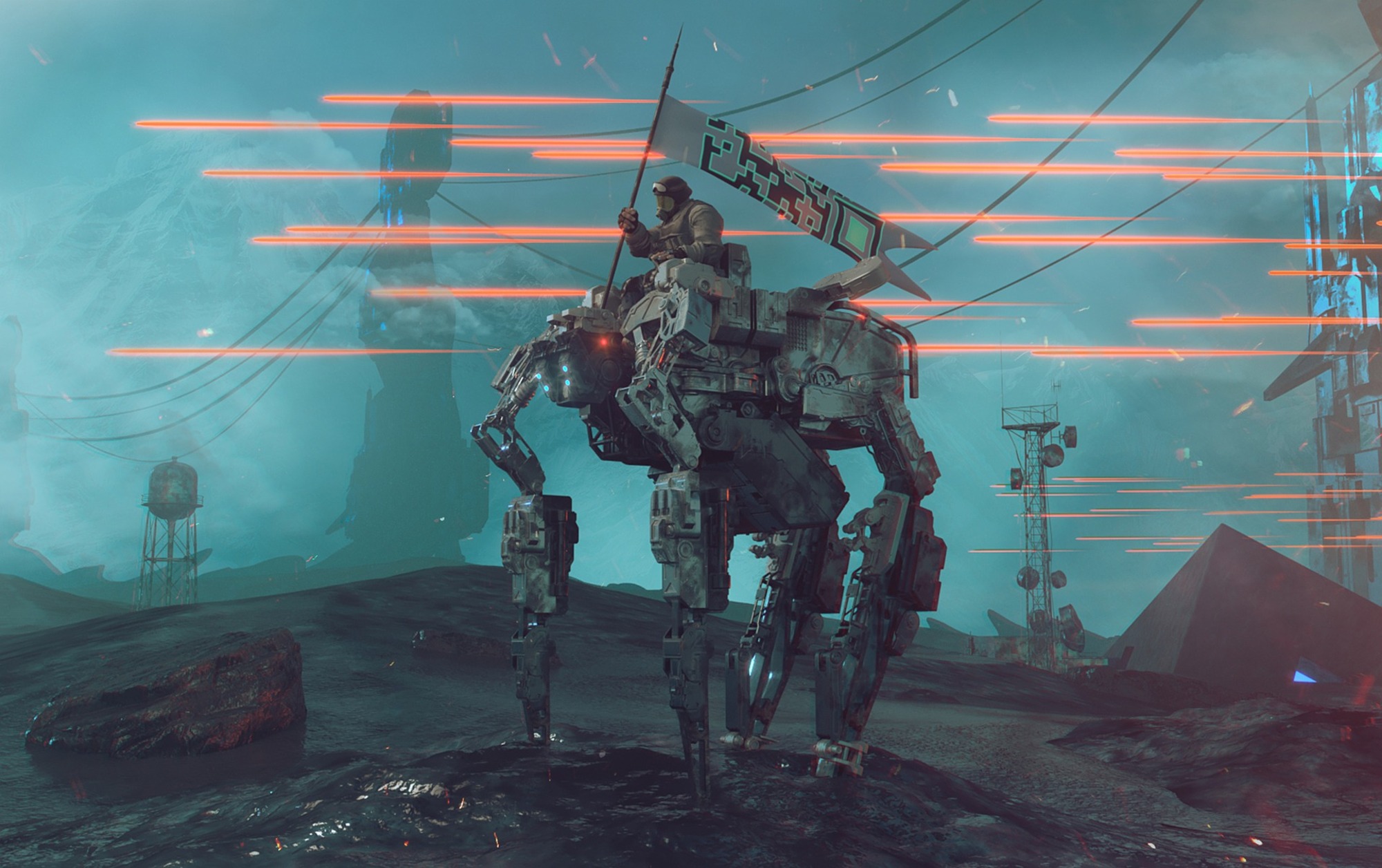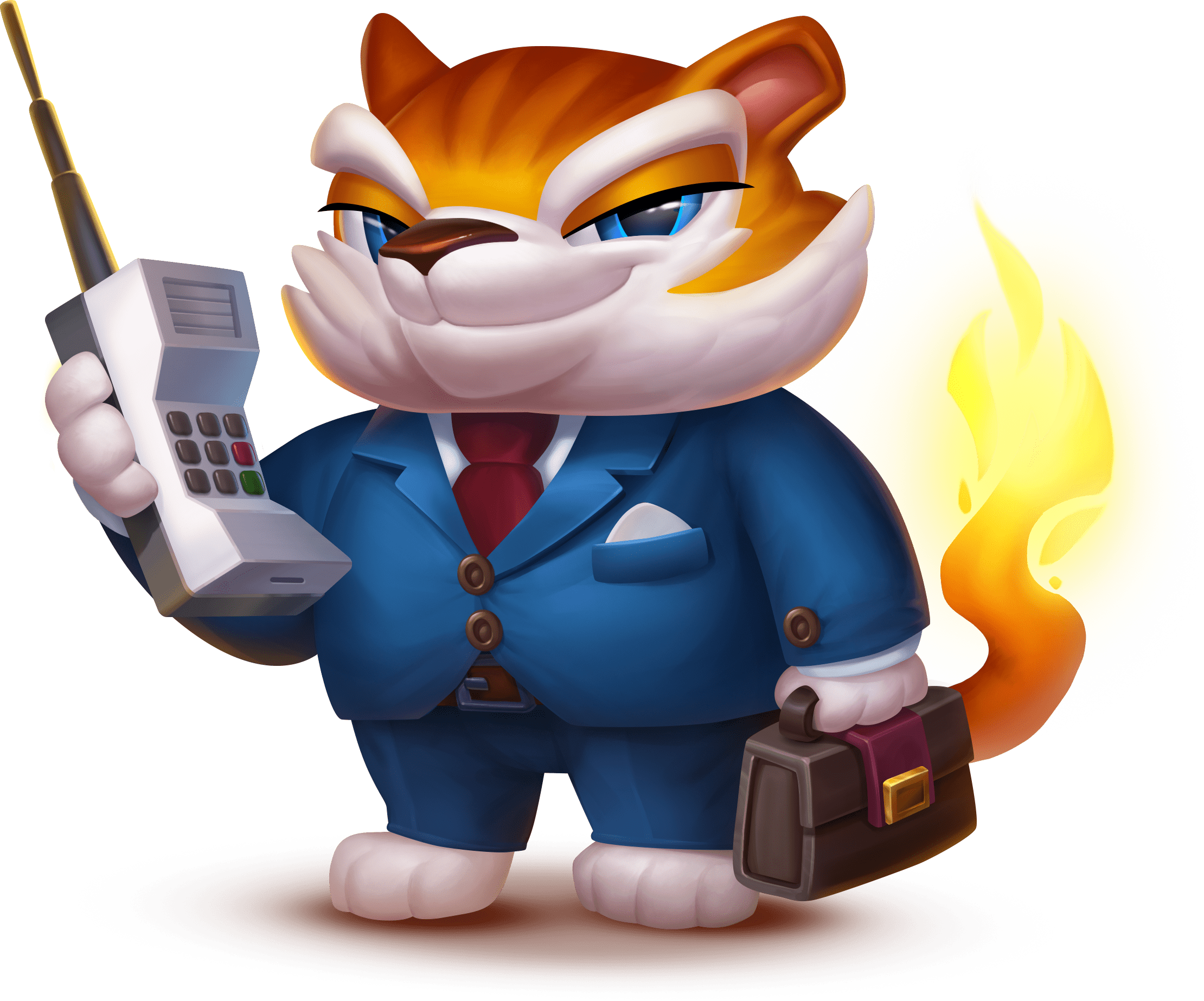In order to craft an effective story, characters serve as essential symbols, and creating compelling video game characters is a nuanced process. The player’s connection with a game character is stronger than with a movie character, making character creation in the gaming world more intricate. Let’s delve into how to make a video game character and explore the differences between 2D and 3D character design.
Tips on Creating Video Game Characters
The following tips apply to both 2D and 3D characters, emphasizing the importance of the idea generation phase. When creating video game characters, focus on the following elements:
- Motivation: Characters should have a clear motivation for their actions, determining not only their behaviors but also their existence in the game world.
- Character: Well-developed characters stand out, avoiding the pitfalls of poorly developed counterparts.
- Chemistry: Establish connections between characters, fostering relationships that contribute to the overall narrative.
For protagonists, maintain a balance, allowing room for player imagination and association. If a protagonist is overly developed, it may hinder player identification.
Protagonist Character Creation
Associating players with the main character is crucial for a successful game. Providing players with a sense of freedom in their actions can enhance this connection. Avoid creating protagonists with conflicting traits that lead to dissonance and ensure that character actions align with player choices.
Cult Characters and Examples of Character Development
Prominent game characters like Gordon Freeman, Nathan Drake, Agent 47, and Commander Shepard showcase different approaches to character development:
- Gordon Freeman: By not giving him a voice, players have the freedom to interpret and associate themselves with the character.
- Agent 47: A character devoid of emotions and personal views allows players a broad range of playstyles, from a ruthless killer to a stealthy ghost.
- Nathan Drake: A balanced and relatable protagonist, exhibiting a mix of characteristics, making him more universally appealing.
Highly Developed, Adaptable, and Player-Friendly Characters
Commander Shepard from the Mass Effect trilogy is highlighted as an exemplary character design that strikes a balance between being highly developed and allowing players freedom. Shepard’s appearance, backstory, and character traits are customizable, enabling players to shape the character according to their preferences. Despite the extensive development of Shepard, players can still find aspects of themselves in the character, fostering a strong connection.
The character design rule is flexible, as evidenced by exceptions like Geralt of Rivia from The Witcher series. Geralt, a well-known and almost emotionless character, captivates players worldwide. The character’s depth is derived from the expansive book universe, and players’ choices in the game align with Geralt’s established persona. The success lies in creating characters that resonate with players, even if they don’t share overt similarities.
Characters Made by Players Themselves
Empowering players to create their main characters enhances player engagement. Examples like Commander Shepard, the protagonists of Knights of the Old Republic, and Dragon Age Origins illustrate how players can choose appearances, names, and backgrounds, influencing the character’s development throughout the game. Allowing players to shape their characters fosters a stronger connection and personal investment in the game’s narrative.
2D Characters Creation Step-by-Step and Software
The process of creating 2D characters is outlined in a step-by-step manner:
- Concept Character: Begin by creating a character concept, emphasizing the importance of the character’s role in the overall story.
- Sketching: Generate 3 to 6 sketches to explore different ideas within the established concept. Keep these sketches in black and white for flexibility in revisions.
- Making an Image Better: Refine the chosen sketch by adding details and clarifying forms.
- Adding Color: Introduce a color scheme to the character, making final edits to achieve the desired look.
- Finalizing the Work: Complete the character by adding small details and ensuring readability against in-game backgrounds.
Various software options cater to 2D character design:
- Blender: Free and open-source software suitable for less experienced animators and designers, supporting 2D and 3D animation.
- Pencil2D: A free and open-source program with a simple interface, suitable for beginners and amateurs, allowing import/export of GIF animations.
- Photoshop: Well-suited for creating 2D characters, offering extensive functionality for professionals.
- Toon Boom Harmony: A professional-grade program with extensive functionality for animation, character creation, and compatibility with 2D and 3D.
Conclusion
Creating video game characters requires a thoughtful approach to motivation, character development, and player association. Balancing freedom of action with a well-defined character is key. Whether crafting a protagonist or antagonist, considering player identification and maintaining narrative consistency are paramount for a delightful gaming experience.


